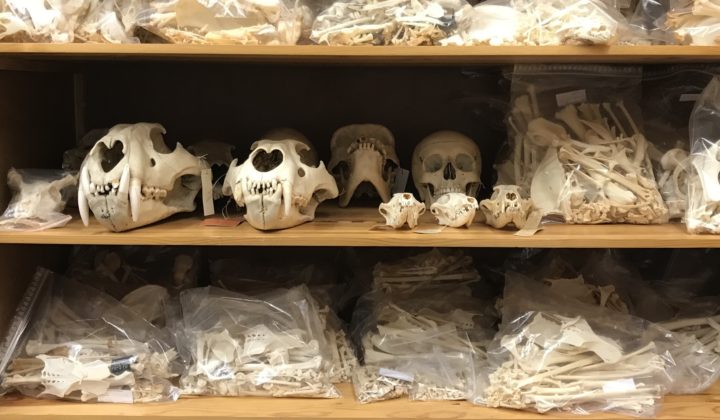Senckenberg Museum of Natural History
Görlitz
The scientists at the museum record the diversity of life on earth, the interactions between organisms, and the organisms’ status and function within the ecosystems. The precise knowledge of species is a prerequisite in this regard. Therefore, the scientists collect organisms and study their morphology to clearly delineate species from each other before placing them in their taxonomic position. Evolution-biological aspects also come into play here. Based on detailed knowledge of species and their ecological needs and functions, we can make statements regarding the impact of changing environmental conditions on the ecosystems.
For example, soil zoologists study the effect of flooding or climate change on the soil fauna, or they record the soil fauna’s evolution in newly developing soils. The botanical research at the museum emphasizes the effects of land use systems on vegetation types, the occurrence of invasive plant species, and changes in lichens as a result of changing air pollution levels. The mammologists focus on analyzing the feeding ecology and relationship structures in native predatory mammals such as the wolf, as well as the protection of Asian wild asses. Complex speciation mechanisms and the development of sexual behavior are being investigated by the snail and ant researchers.
All scientists keep voucher specimens from their research projects in the museum collection, thereby documenting the occurrence of a particular species in space and time and creating a biological archive. Experts around the globe make use of these museum collections to find answers to their scientific questions.
Regionally, the research of the scientists from Görlitz is centered around the Palearctic, i.e., Europe, North Africa, and Northern Asia south to the Himalayas.





